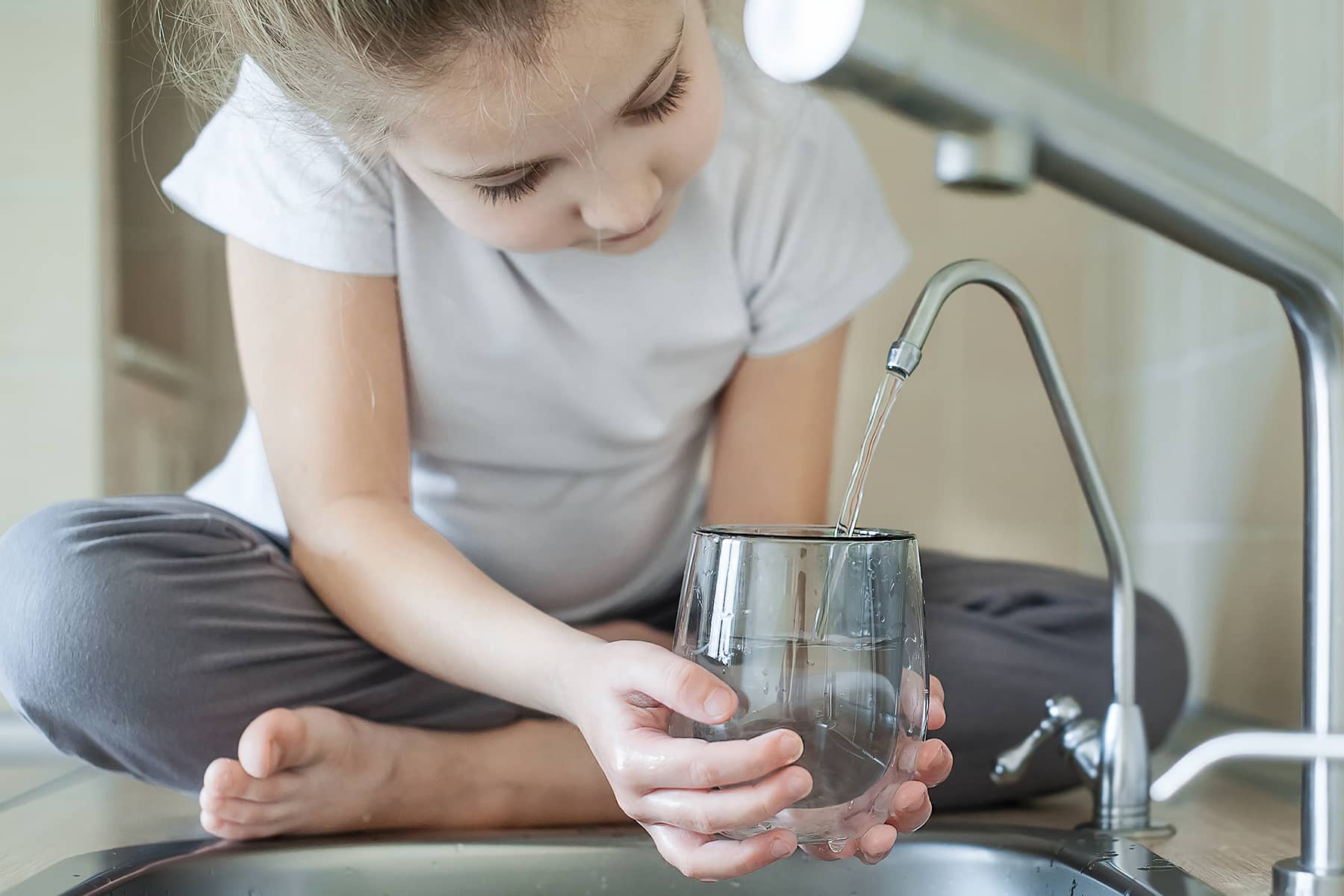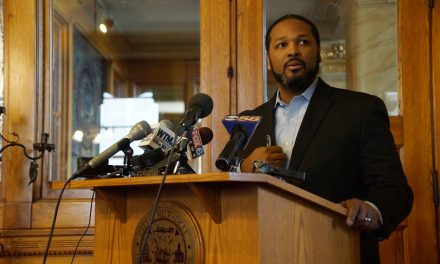
Governor Tony Evers, together with the Wisconsin Department of Natural Resources (DNR), announced a new $10 million grant program on August 17 to support the replacement, reconstruction, treatment, or abandonment of contaminated private wells.
The program, based on the state’s Well Compensation Grant Program, will expand eligibility beyond the current Well Compensation Program to support more private well owners and increase access to clean drinking water. With this $10 million investment and expanded eligibility criteria, it is estimated the program could help well owners address contamination in approximately 1,036 additional wells.
“Whether it’s our kids in our schools, families cooking dinner, or our farmers who depend on conservation, every Wisconsinite deserves access to clean, safe water,” said Gov. Evers. “Unfortunately, too many families across our state know firsthand how it feels to turn on the tap and not be able to trust what comes out, and many have had to rely on plastic water bottles for drinking water. So, I am glad to be making this investment today while getting rid of outdated and burdensome requirements that will help ensure more Wisconsinites clean up their wells and keep their families healthy and safe.”
The current Well Compensation Grant Program contains a number of statutory eligibility requirements that significantly limit the number of individuals that are able to utilize the program.
The new $10 million program announced today will make critical updates beyond the Well Compensation Grant Program to expand eligibility and help more Wisconsinites, including eliminating the requirement that a nitrate-contaminated well is only eligible for a grant if it is used as a water supply for livestock; lowering the nitrate threshold for nitrate-contaminated wells from 40 parts per million (ppm) to 10 ppm to comply with the state’s public health standards; lowering the arsenic standard for arsenic-contaminated wells from 50 parts per billion (ppb) to 10 ppb to comply with federal drinking water standards; allowing any source of bacterial contamination that presents a human health risk to be eligible for the program, not just fecal bacteria caused by livestock; increasing the family income limit for grants from $65,000 to $100,000, a threshold that has not been raised since 1995; eliminating the requirement that an award must be reduced by 30 percent of the amount by which the claimant’s income exceeds $45,000 if the claimant has a family income that exceeds $45,000; and expanding eligible applicants to include owners of contaminated non-community wells (churches, daycare centers, rural restaurants and other small businesses) and basing income eligibility on the property or business owner’s income instead of family income.
“Everyone in Wisconsin deserves clean drinking water,” said DNR Secretary Preston Cole. “This money will be available to private well owners who need help dealing with contaminated groundwater, and DNR is excited to offer this assistance.”
In his 2021-23 biennial budget proposal, Governor Evers proposed providing $2 million in additional funding over the biennium for the Well Compensation Grant Program, as well as making several needed updates to the eligibility requirements, including lowering the nitrate and arsenic contamination standards to align with public health standards, increasing the family income limit for grants, and eliminating the award reduction for families making more than $45,000.
Unfortunately, while the Wisconsin State Legislature provided $2 million over the biennium in one-time funding, they failed to include any of the recommended and needed updates to the eligibility requirements of the program, preventing individuals from accessing the funds available to clean up contaminated wells. The investment announced today will help fill this gap and provide support for those private well owners who would otherwise not be eligible for funding under the current Well Compensation Program’s criteria.
“After years of championing water quality in the Legislature, I’m thrilled to have worked with Governor Evers to launch this new program to help so many families across Wisconsin finally secure the resources they need to access clean water,” said State Rep. Katrina Shankland (D-Stevens Point), who has introduced legislation to make these needed updates to the Well Compensation Program over the past several legislative sessions. “Too many people have been searching for solutions to help them address their well contamination issues and coming up empty due to the unnecessarily prohibitive requirements of our state’s existing grant program. Our new program will have a transformational impact for communities like mine across Wisconsin, and it shows our governor’s and my understanding of the gravity and urgency of the problem and our willingness to address the issue when others in the Capitol would not.”
According to the Wisconsin Groundwater Coordinating Council, in 2021, nitrate was the most widespread groundwater contaminant, and about 10 percent of private well samples and more than 200 public water supply systems exceeded state and federal standards for nitrate. Nitrate exposure has been linked to birth defects, and infants who drink water with excess levels of nitrate are especially at risk for a condition called methemoglobenemia, or “blue baby syndrome,” which results in low levels of oxygen in the blood and, in serious cases, can be fatal.
Additionally, about 17 percent of private water supply wells tested statewide were positive for coliform bacteria with three percent of these wells testing positive for E. coli, which is an indicator for pathogens that can cause serious, acute health effects. And while arsenic is naturally occurring, high levels of arsenic contamination of groundwater is common in Northeastern Wisconsin and moderately high levels of arsenic contamination are common in some parts of Southeastern Wisconsin.
Exposure to arsenic over time can cause skin damage, problems with the nervous system, and increased risk of cancer, among other symptoms. There are approximately 800,000 wells in Wisconsin that serve an estimated 40 percent of Wisconsin households.
© Photo
Pаnі Yаnі













